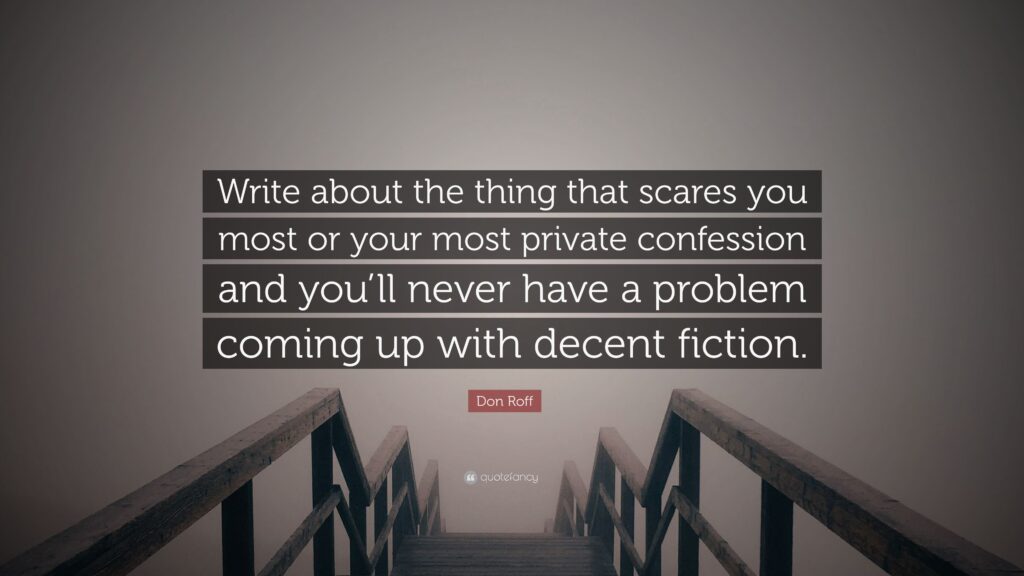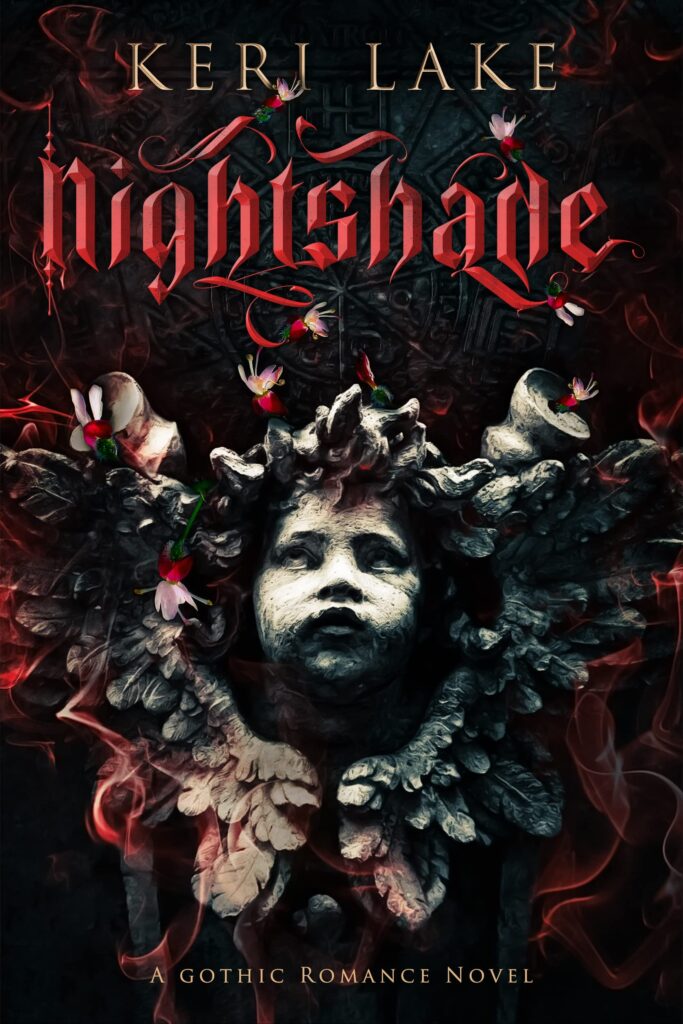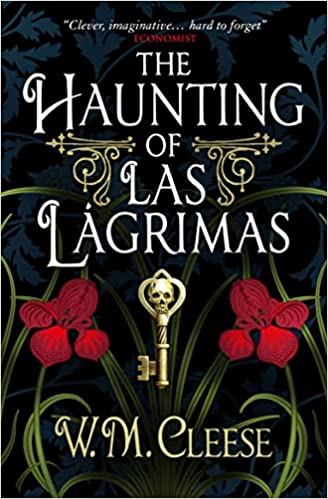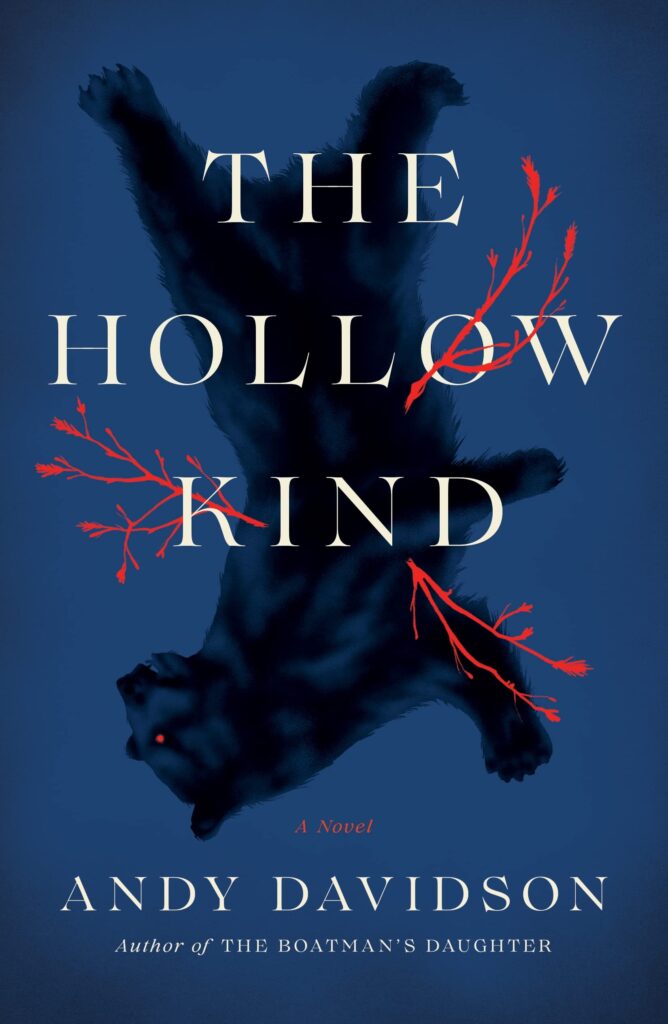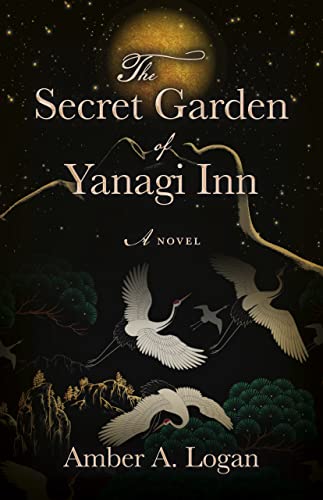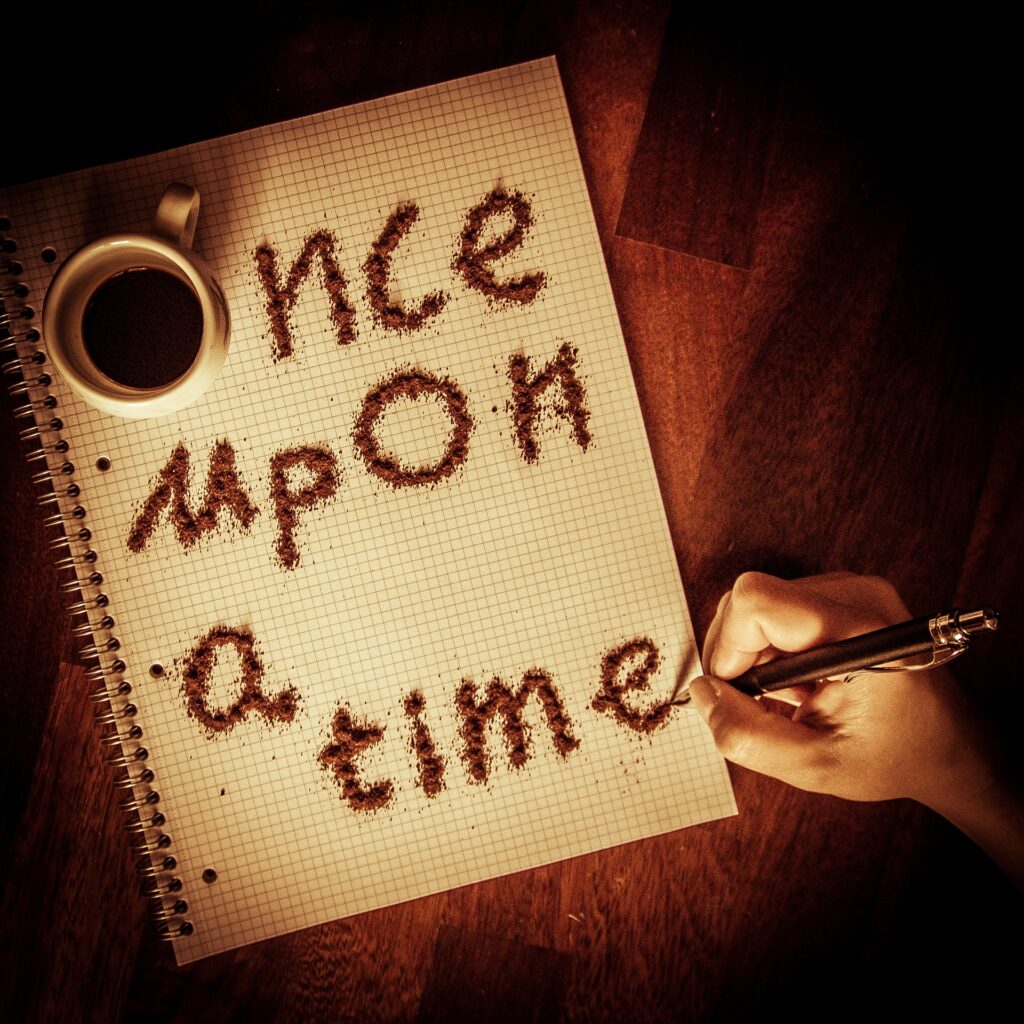The Art of Leaving Negative Space in Your Writing

As I’m rereading my prior manuscript and taking notes in order to prepare it for the rounds of editors I’ve planned for Spring 2023, I’m learning a lot about my writing style and where I can improve. There’s nothing like a year of separation, in conjunction with my tendency to read quality writing, to open my eyes to what should be changed in my own work. One of those things is something I thought I did quite well and which I call the beauty of the unspoken. This is one thing that differentiates great from good writing.
If you’ve ever read or studied architecture or interior design, you’ve likely heard the term negative space. It refers to the empty space around structural (or decorative elements). For example, if you picture a house full of rooms that are nothing but rectangular spaces (no moldings, no columns, nothing but drywall) your mind picks up the fact that the house is an amalgamation of rectangles (the empty space between the walls).
When designers update or renovate a space, they’ll often add moldings, or paneling, or a stamped tin ceiling, you name it… something to break up the flat surfaces of those rectilinear spaces. The rooms are still the same shape, but the eye lingers on those items that protrude into the rectangle. It travels around them, seeing something other than just a nondescript rectangular box. It’s generally more visually interesting.
The same is true in writing. Sometimes there’s so much more power in what isn’t said than what is. But how can you accomplish this? And when?
The Unspoken Level 1: Subtext
We could easily include subtext in this category: the underlying, but unspoken meaning beneath what people actually say. For instance, let’s say that a couple has had a terrible fight. If frightened both of them after the fact because it left each one aware of how much they could lose if they give up on their relationship. They each want to reconcile with the other, but struggle to articulate that.
Perhaps she’s very proud and doesn’t want to admit that she was wrong in how she treated him, but if she doesn’t say something, she might lose him – something she values more than her pride. On the other hand, it may be that he was deeply in the wrong. He acted selfishly and did something underhanded that threatened their family. Now, in retrospect, he is deeply ashamed of himself. So much so that he can’t even speak of it. But he’s sorry.
They might have a conversation like the following:
Him: I drove past The Szechuan Garden last night.
Her: Oh. They’re still in business?
Him: Looks like it. Got me thinking about how long it’s been since we’ve been there.
Here: Wouldn’t hurt to stop by…
Now, if readers [hopefully] already know that the Szechuan Garden was the restaurant where they met for their first date many years ago, this conversation means something more than what it appears to say. On the surface, he’s saying he craves Chinese food and she agrees it might be nice to get some. But to anyone who’s paying attention, he’s clearly trying to heal their relationship.
He’s suggesting that they revisit a restaurant that means something to them, a restaurant that’s symbolic of the start of their relationship. In essence, this is like saying, I‘m sorry, can we start over. In response, she’s saying yes, I’d like to try.
This kind of conversation is how people often speak in real life and is vastly more interesting than if they had actually said what they truly meant. Why? Because it’s loaded with all of the implied pride and shame and struggles to communicate that tell us more about who these two characters really are.
That’s subtext.
It’s powerful, and it could be part of what I’m referring to here, but not entirely. I’m actually speaking of more than just subtext.
The Unspoken Level 2: The Pregnant Pause
There’s something that actors call the pregnant pause. It’s when characters stop speaking, not because they’re running from a gunman, or trying to move out of range of a noisy, construction site, but because there’s something they’re not saying. They’re deliberately leaving something out of the conversation.
As much as I can still improve in subtext, I incorporate quite a bit of it in my writing. But the pregnant pause…that’s a step up. Let’s talk about an example of this from my own writing because it’s an example of what I thought I was doing well, but now see that I can improve.
In the first scene of my novel, the main character, Clara, is attempting to escape from her ancestral home in Bavaria in which she’s a prisoner. Her maidservant, Jutta, surprises her in her preparations to flee. In my prior drafts of the story, Jutta speaks to this in subtext, warning Clara that they’ve recently heard of more missing girls in the region and reminding her that her mother needs her in various ways…
Unspoken meaning: you’re risking too much and need to reevaluate your priorities.
As I said, this is done in subtext and it’s not bad. Maybe it’s even good, but it’s not as great as it could be. In this setting, especially given the differences in their social statuses, silence would be the better response. But keep in mind that silence is never really just silence.
Picture a real-life scenario in which a parent catches a child attempting to sneak out in the middle of the night. What kind of facial expressions, exchanged looks, body language, or other actions might accompany that situation?
Jutta’s a servant so she can’t say, Where the hell do you think you’re going? But as readers will learn later, she knows more about what’s going on in the house than Clara does. Much more. And she herself is so much more than meets the eye. All that to say that she has a wisdom that pertains to Clara’s situation in a way that mimics the parent in the example I just gave.
But she can’t really say anything too pointed.
However, she can do something! She can do a lot. When readers witness Jutta catching Clara in the act of her escape attempt, they know all of the things that Jutta might say. All of the ways that she might try to talk her out of it. It’s more powerful (and realistic in this situation) for her to do none of those. (This goes hand-in-hand with incorporating the unpredictability that keeps readers engaged and which I wrote about in this post.)
Instead, perhaps Clara catches Jutta eyeing her wet skirts and readers know that Jutta knows exactly where Clara has been [on the roof] and what she’s been planning. Perhaps she gathers the pieces of a figurine that Clara, in her shock, broke and moves to throw them away. This is a figurine that Clara’s mother had given her. Or she may pick up some bloodstained underclothes off of the bathroom floor and merely looks at Clara…
Unspoken meaning: I know what you’re up to. I know more about all of it than you do. But what you’re doing will sever the only good things in your life and expose yourself to danger and possibly destruction.
Of course, these actions could still be improved. You can probably think of better choices…or could if you know all of Clara’s backstory and what’s happening in the house at this point in time. It takes time to brainstorm these and choose the best ones.
However, this type of unspoken interchange is even more powerful than subtext because it raises more questions than subtext does. We want to know what’s going on with Clara and her mother (the dominant subplot) in the book. We want to know why the underclothes are bloodstained. Is this merely a reference to her femininity, or is it something more? What does Jutta know that she’s not saying?
On top of this, Jutta can also use some subtle (and appropriate) but very laden subtext. In this case though, her meaningful actions have more impact if she waits to speak. Let the reader feel the awkwardness, the fear, the questions and doubts rising in their own minds. That creates in them something of what Clara is feeling. That is great writing.
The Unspoken Level 3: Missing Details
Last of all, some writers leave out critical details. This is extraordinarily hard to manage well, but can be especially powerful. Many readers speculate on what’s missing in books such as Gene Wolfe’s The Book of the New Sun series (four small but extremely weighty parts to one larger story).
I’m not going to get into specific speculations about that book in particular, but leave it to say that it’s profoundly brilliant writing. And there’s a reason why many readers walk away with the sense that there’s something missing. Something crucial.
This is so challenging to manage because the story itself has to be complete and readers have to come away feeling like they weren’t cheated. Omitting parts of the story simply in an attempt to leave open questions is not what we’re going for here. That will leave readers unhappy, not excited.
What I’m referring to is something of an alternate story. Picture a novel in which an urban fantasy character embarks on an adventure to right a great wrong or to level the playing field for others like himself. As the writer, you set out to write his entire story. It has a satisfying beginning, middle and end. The story rises and falls, the character grows and changes, the theme is explored. Readers are happy.
But beneath it all, there’s more.
The more astute readers notice that something is off. There are holes in the character’s story. Not plot holes, but gaps in time. The character may appear at a place he shouldn’t have been. Or you portrayed something that he did and yet the outcome suggests that he also did something else. Or may have.
This kind of story is the supreme form of the unspoken. It’s an art form in and of itself. But again, it has to make sense. The story has to be intact. It’s just that there’s more. Another possible story other than the one that the writer told.
In a sense, this can be a form of the unreliable narrator. But in this case, the unreliable narrator is the writer. Not the main character. The writer tells one story when really, something else may actually be the case.
I think you can see why this would be exceptionally difficult to write well. And of course, as with our other examples, we can (and should) also use subtext and the proverbial pregnant pause in our writing.
Why is this more powerful than the other two options? Because it raises more questions. That’s the key to the art of the unspoken. One of the best ways to stirs a reader’s imagination and pull him into the story is the question: what isn’t being said?
We want to lace our work with as many of these as possible within our current ability level and without sacrificing the completeness of the surface story. If I can’t manage the missing details yet, I can work on incorporating more pregnant pauses. If my writing is too overt, I can focus simply on subtext-laden dialogue. And as I improve, I can push myself towards more and more unspoken meaning that will engage my readers more effectively.
Caveat
There is a caveat to all of this. Even though too much overt (non-subtext-laden) dialogue and action is a sign of undeveloped writing skills, the level three unspoken [missing] details that I just mentioned will not appeal to everyone. If the surface story is accessible enough, readers may be able to ignore all that you’ve omitted. However, sometimes these stories end up being so profound and erudite that they’re not as marketable (aka: Gene Wolfe isn’t for everyone).
Regardless, there’s still power in developing these skills. They can be employed in smaller or larger ways throughout the manuscript depending on the story and the appetite of the audience (or yourself as the writer). And doing so well will always make for a more interesting story.
If you enjoyed this post, share it with your friends!




